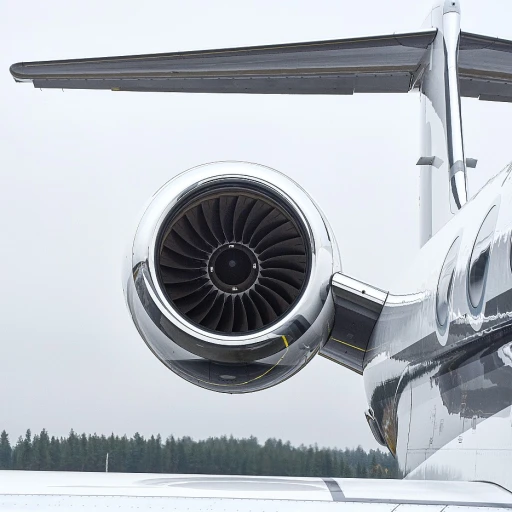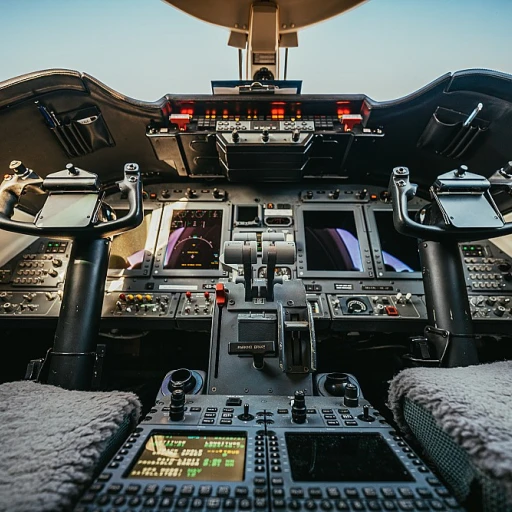Defining Optimal Range: The Quest for Unrestricted Global Travel
Understanding the Essence of Private Jet Range Capabilities
When discerning the apex of luxury aviation, the private jet range emerges as a paramount indicator of an aircraft's capability to meet the exclusive global itinerary needs of the elite traveler. A long-range private jet transcends geographical constraints, offering access to direct flights between far-flung destinations without the necessity for stops or refueling. In fact, recent statistics suggest a growing demand among luxury jet owners for aircraft that offer ranges exceeding 7,000 nautical miles, marrying convenience with comfort.
The Interplay between Aircraft Range and Passenger Needs
In the context of luxury aviation, the concept of optimal range is intimately tied with bespoke travel experiences tailored to individual needs. Notably, a study published by market analysts indicates that the typical luxury jet traveler prioritizes non-stop intercontinental travel capabilities. For instance, being able to journey from New York to Tokyo without pause is not merely a luxury but an expectation for today's global leaders and influencers. Aligning aircraft selection with these travel patterns not only elevates user experience but also showcases the owner's commitment to uncompromised service excellence.
Exceeding the Standards: Balancing Luxury with Efficiency
To remain at the forefront of luxury aviation, owners must judiciously balance plush amenities with fuel efficiency and economy. Surprisingly, advancing technology has enabled a new generation of private jets that boast both sumptuous interiors and remarkable fuel economy. For example, the introduction of aerodynamically improved designs and lightweight composite materials has resulted in aircraft that not only provide lavish accommodations but also reduce the carbon footprint and operational expenditure. This synergy of luxury and efficiency resonates well with the environmentally conscious, yet comfort-seeking, demographics.
Global Reach: A Symbol of Status and Power
The capacity to conduct business or indulge in leisure at a moment's notice across the globe is not just about the range—it's an emblem of status and influence. Owning a private jet that can effortlessly navigate the complexities of international routes, while offering an oasis of tranquility and opulence, amplifies your personal and professional brand. As recent data highlights, high-net-worth individuals frequently cite the ability to maximize time efficiency and privacy as critical factors influencing their choice of private aviation options—cementing the reputation of an owner who can provide such unparalleled service.
Fuel Efficiency & Cost Management: Strategic Approaches for Luxury Jets
Strategies for Managing Fuel Expenditures in Aviation Luxury
In the realm of luxury aviation, fuel efficiency is tantamount to operational excellence. Astute owners understand that efficient fuel usage not only benefits the environment but also significantly impacts the bottom line. For instance, the International Air Transport Association (IATA) estimates that fuel accounts for about 24% of an airline's operating costs. Though the percentage may vary for private jets, the significance of fuel cost management cannot be overstated.
- Implementing advanced flight planning software to optimize routes and reduce unnecessary fuel burn.
- Regular maintenance checks to ensure engines and airframes operate at peak efficiency.
- Utilizing cost index flying, allowing pilots to select the most economical speed in relation to fuel use.
Cost-Effective Refueling Strategies for Jet Owners
Not all airports offer the same fuel prices. Recognizing this, it becomes vital to strategically plan where and when to refuel. For example, aiming to refuel in countries with lower taxation on aviation fuel can result in substantial savings over time. Jet owners are increasingly utilizing fuel purchase programs and fuel cards that negotiate discounts across a network of suppliers, bringing about a pronounced reduction in expenditure.
Leverage Lightweight Materials to Boost Jet Efficiency
In recent years, weight reduction has been a critical focus for increasing fuel efficiency. Materials like carbon fiber and advanced alloys are revolutionizing the aviation industry. Statistics from The Boeing Company indicate that their 787 Dreamliner, which extensively uses carbon fiber, is 20% more fuel efficient than the models it replaced. For luxury jet owners, retrofitting older aircraft with lighter components or selecting newer models with these innovations is a strategically sound investment.
"The greatest step towards optimized fuel efficiency lies in the judicious selection of technology and materials," notes an esteemed industry expert. Incorporating cutting-edge aerodynamic designs is also essential, promoting fuel economy, and delivering cost savings.
Staying Ahead of Environmental Regulations
It is not just about cost savings; luxury jet owners must also contend with tightening environmental regulations. The European Union's Emissions Trading System (EU ETS) and International Civil Aviation Organization's (ICAO) Carbon Offsetting and Reduction Scheme for International Aviation (CORSIA) set clear benchmarks for emissions. In anticipation of these regulations, a strategic approach involves investing in carbon offset programs and exploring sustainable aviation fuels (SAF). Proactive measures in this area ensure compliance and reinforce an owner's commitment to sustainability.
Technological Innovations Pushing Performance Boundaries
Advancements in Avionics and Aircraft Design
Technological advancements in the realm of luxury aviation are a game-changer for the discerning luxury jet owner. With a focus on increasing your private jet's range and efficiency, cutting-edge avionics, and state-of-the-art aircraft designs are making waves. A notable example includes the utilisation of lighter materials, such as carbon composites, which have revolutionised aircraft structures, decreasing weight and thus improving fuel economy. According to recent statistics, we have seen a significant enhancement in fuel efficiency by up to 20-30% with the introduction of such innovations. This shift not only addresses the range capabilities but also significantly reduces operating costs.
Emergence of Sustainable Fuel Alternatives
Amidst growing environmental concerns, sustainable aviation fuel (SAF) stands out as a pivotal innovation. Leading private jet manufacturers are integrating engines capable of utilising SAF, resulting in a drastic reduction of carbon emissions. "Embracing SAF offers an immediate way to reduce the carbon footprint of your private jet operations," states a report from the International Air Transport Association (IATA). Statistics have shown that the use of SAF can cut down emissions by up to 80% over the fuel's lifecycle compared to traditional jet fuel, reflecting the potential long-term cost savings and environmental benefits.
Next-Generation Engine Technologies
In pursuit of unmatched performance and efficiency, luxury jets are harnessing next-generation engine technology. These include advancements such as the geared turbofan technology, which delivers exceptional fuel burn reductions—estimated to be around 16% compared to previous-generation engines. As reported by prominent engine manufacturers, this innovation not only boosts range but also minimizes noise footprints, aligning with noise abatement requirements and increasing the luxury jet's access to noise-sensitive airports.
- Increased use of carbon composites in aircraft design for weight reduction and fuel efficiency improvement.
- Integration of engines that support sustainable aviation fuels to reduce emissions and comply with global sustainability targets.
- Adoption of geared turbofan engines for significant fuel burn reduction and noise minimization.
Whether tackling the challenges of unrestricted global travel or refining the eco-footprint of your luxury jet, embracing these technological breakthroughs translates into tangible benefits. Staying abreast of these innovations ensures your private aviation experience remains unrivalled in an ever-evolving industry.



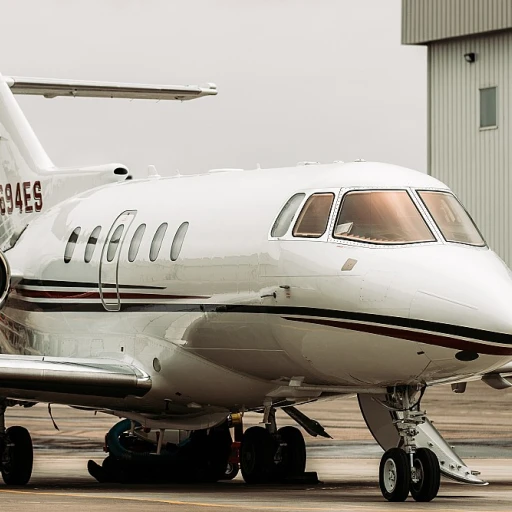
-large-teaser.webp)
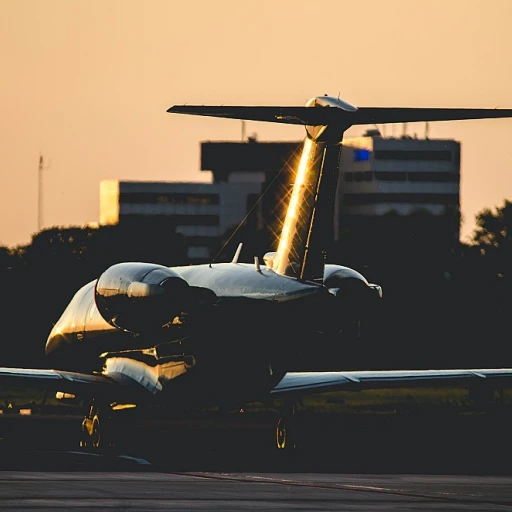
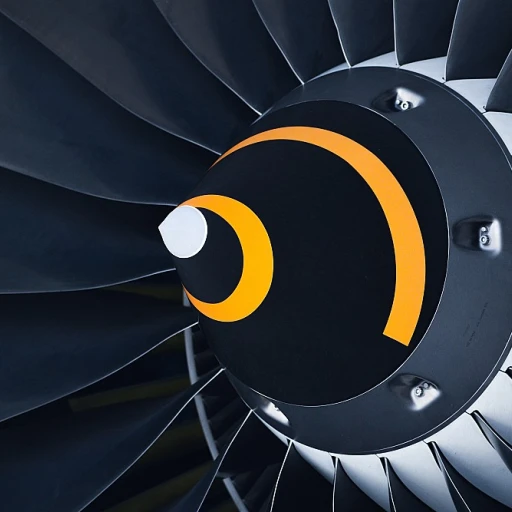
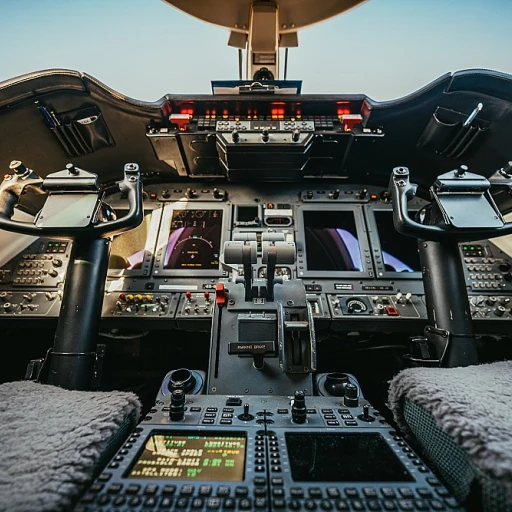
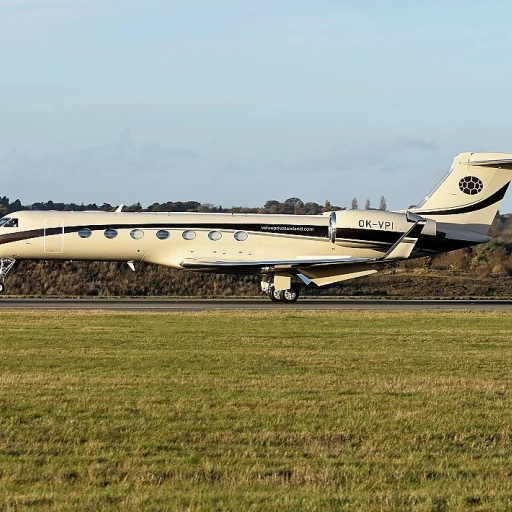
-large-teaser.webp)
-large-teaser.webp)
